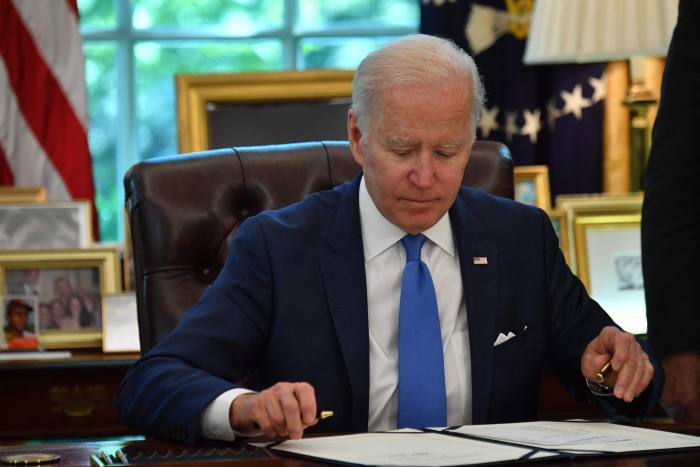
From roads, railways and airports to water, gas, electricity, oil and gas pipelines, telecom towers and satellites; infrastructure is essential to our everyday lives and our economic activity.
It is also a global mega-trend. Think of some of the world’s major projects, like the China Belt and Road Initiative or the high-speed rail projects in the US and Japan.
There are several tailwinds for infrastructure investing, three of which immediately come to mind.
The first is in-built inflation protection, at a time when it is skyrocketing across the globe.
Up to 70 per cent of investment assets owned by listed infrastructure companies have an effective means of passing through the impact of inflation to customers, thus benefitting shareholders. This covers the likes of roads, airports and oil pipelines.
The second is the global drive on infrastructure spending by governments.
For example, the US passed its $1tn (£809.8bn) infrastructure investment bill in November 2021, with a further $1.75bn ‘build back better’ scheme to come.
The UK, Europe, Canada and Japan have made similar pledges. The move to net zero will also play a crucial role in this area.
The third reason is the prospect of a strong, stable and diversified income.
An infrastructure project can often take years to complete. So, to safeguard against that, companies enter into long-term contracts (often with governments) and often receive a stable income.
Infrastructure trends
I must also mention the rise of digital infrastructure. The likes of mobile towers, data centres and fibre optic cables all help knit modern society together. There is a reason why data centre staff were classed as key workers during the pandemic.
This week’s best in class is well-positioned to tap into both the existing and new infrastructure trends.
The M&G Global Listed Infrastructure fund looks for a balance of growth and income from three key areas of the sector: economic, social and ‘evolving’ infrastructure.
This means investments can include anything from utilities and toll roads to health, education and civil buildings, as well as mobile towers, data centres, payment companies and royalties.
The fund has been managed by Alex Araujo since launch in October 2017. He has 25 years of industry experience, joining the M&G equity income team in July 2015 before becoming co-deputy manager of the global dividend strategy a year later.
Araujo invests in three distinct infrastructure categories: economic infrastructure (65-75 per cent of the portfolio) such as utilities and energy companies plus transport-linked areas including toll roads and airports; social infrastructure (10-20 per cent) in areas like health, education and civil; and the remaining (15-25 per cent) in evolving infrastructure such as communications, namely mobile towers and data centres, and transactions, like payment companies and royalties.
He targets companies with critical physical infrastructure, long-term concessions or perpetual royalties.
They need to be paying some level of dividend and have a market cap of more than $1bn. He will want to know about the dividend situation – its history and outlook – the capital discipline of the business, and sustainability credentials.






